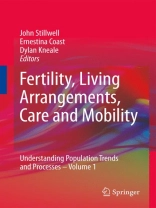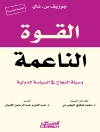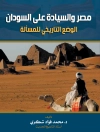Many parts of the world are experiencing rapid demographic restructuring, resulting in an ageing population with increasingly significant work and care pressures on cohorts less able or willing to provide support. This book examines some of the important trends that have underpinned reductions in fertility, including delayed child-bearing and increased childlessness. It demonstrates how relationships between partners have resulted in new living arrangements with changing attitudes from marriage to co-habitation as the social norm, and it considers the health and well-being for particular at risk groups such as the elderly and stepparents as well as aspects of mobility such as household migration and commuting to school.
The book brings together a series of studies that all involve quantitative analyses of secondary data from censuses, surveys or administrative records. The trends and patterns reported provide new and interesting insights into behaviour of the household and the roles of adults and children, and point to questions of critical importance for practitioners and policy makers.
Table of Content
Fertility, Living Arrangements, Care and Mobility.- Delayed Childbearing and Childlessness.- Women’s Education and Childbearing: A Growing Divide.- The Timing of Motherhood, Mothers’ Employment and Child Outcomes.- Early Parenthood: Definition and Prediction in Two British Cohorts.- Currently Cohabiting: Relationship Attitudes, Expectations and Outcomes.- Living Arrangements, Health and Well-Being.- Stepparenting and Mental Health.- Grandparents and the Care of Their Grandchildren.- Internal Migration and Inter-household Relationships.- Exploring Dimensions of School Change During Primary Education in England.












